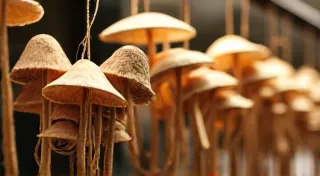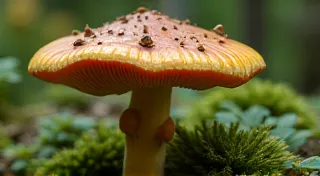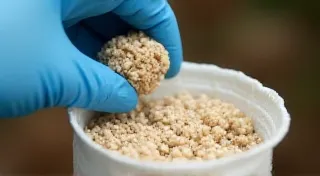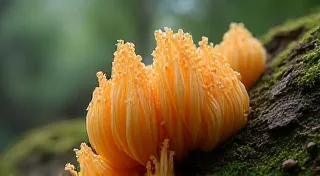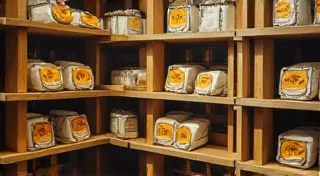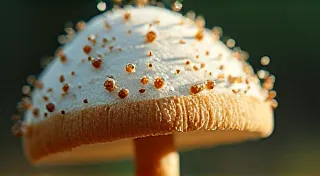Lion's Mane Mushroom Growing: A Beginner's Guide
Lion's Mane (Hericium erinaceus) is a truly remarkable mushroom – prized for its unique flavor, impressive culinary versatility, and potential medicinal properties. While it might seem intimidating, cultivating this exotic variety at home is achievable for beginners willing to follow a few key steps. This guide provides a detailed overview of Lion’s Mane mushroom growing, from substrate preparation to harvesting.
Understanding Lion's Mane
Before diving into the cultivation process, let's appreciate what makes Lion's Mane special. Its cascading, icicle-like appearance is striking, and its texture is often compared to crab or lobster. Beyond its delicious taste, Hericium erinaceus is gaining recognition for potential brain health benefits. Understanding its specific needs will set you up for success.
Substrate Preparation: The Foundation for Growth
Lion's Mane prefers hardwood substrates. The most common and reliable option is supplemented hardwood sawdust (SHS). You can purchase pre-made SHS blocks, which simplifies the process, or create your own. A typical recipe involves:
- Hardwood sawdust (oak, maple, beech are excellent choices)
- Wheat bran (provides nutrients)
- Gypsum (helps with nutrient availability)
The ratio is generally 80% hardwood sawdust, 15% wheat bran, and 5% gypsum. Thoroughly mix these ingredients with water until the mixture achieves a field capacity – squeeze a handful; it should feel moist but not dripping wet.

Inoculation: Introducing the Mycelium
Once the substrate is prepared, it’s time to inoculate with Lion's Mane spawn. Spawn comes in several forms – grain spawn, sawdust spawn, or plug spawn. Grain spawn generally results in faster colonization. Sterilize the substrate blocks using a pressure cooker for 90-120 minutes at 15 PSI before inoculation to eliminate competing organisms. Work in a clean environment (a still air box is recommended) to minimize contamination. Inject the spawn evenly throughout the substrate blocks, following the spawn supplier's instructions.
Incubation: The Colonization Phase
After inoculation, the blocks need to incubate in a dark, temperature-controlled environment. The ideal temperature range is 65-75°F (18-24°C). The mycelium will slowly colonize the substrate, turning it white. This process typically takes 2-4 weeks. Avoid disturbing the blocks during this time.
Fruiting Conditions: Triggering the Fruiting Body
Once the substrate is fully colonized, it's time to initiate fruiting. This requires changes in the environment to mimic Lion's Mane's natural habitat:
- Light: Provide indirect light for 12 hours a day.
- Humidity: Maintain high humidity (85-95%). This is crucial for preventing the mushroom from drying out. Regular misting is essential.
- Temperature: Lower the temperature slightly, to around 55-65°F (13-18°C).
- Airflow: Gentle airflow is necessary to prevent CO2 buildup.
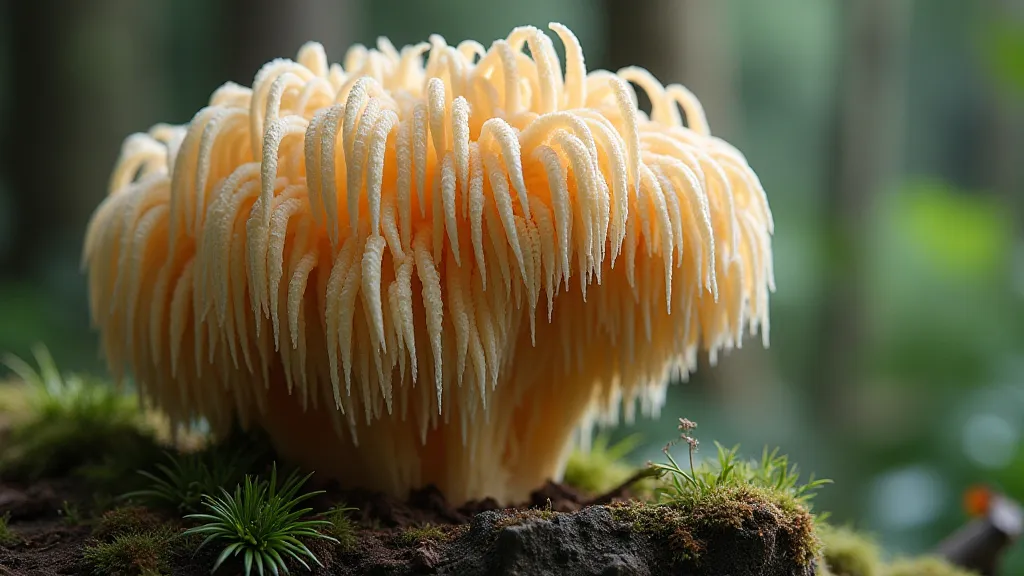
Troubleshooting Common Problems
Like any cultivation process, Lion's Mane growing can present challenges:
- Contamination: Green, black, or fuzzy molds indicate contamination. Discard the contaminated block to prevent spreading.
- Slow Colonization: Check the temperature and ensure proper sterilization.
- Dry Mushrooms: Increase humidity by misting more frequently.
- No Fruiting: Re-evaluate light, temperature, and humidity levels.
Harvesting and Storage
Harvest Lion's Mane when the “teeth” or spines are fully developed, but before they begin to drop spores. Cut the mushroom from the block with a clean knife. Freshly harvested Lion's Mane can be refrigerated for up to a week. Drying is also a good option for long-term storage.
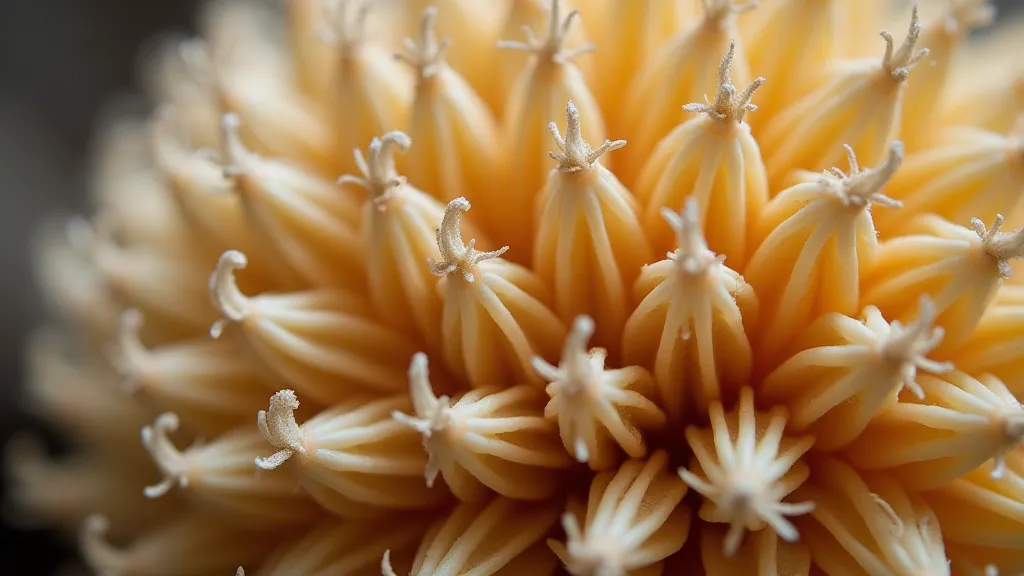
Conclusion
Growing Lion's Mane mushrooms at home requires attention to detail and adherence to the right conditions. However, the rewards – a delicious, unique, and potentially beneficial mushroom – are well worth the effort. With practice and patience, you'll be harvesting your own Lion's Mane in no time!
